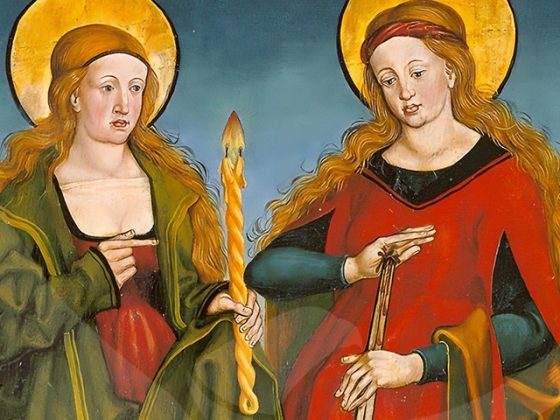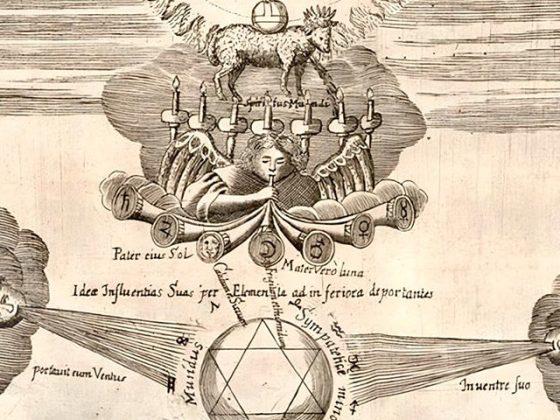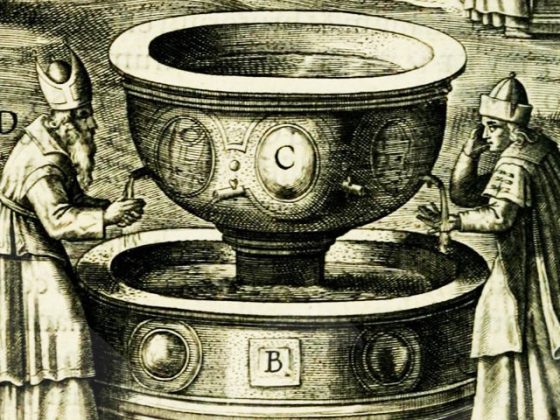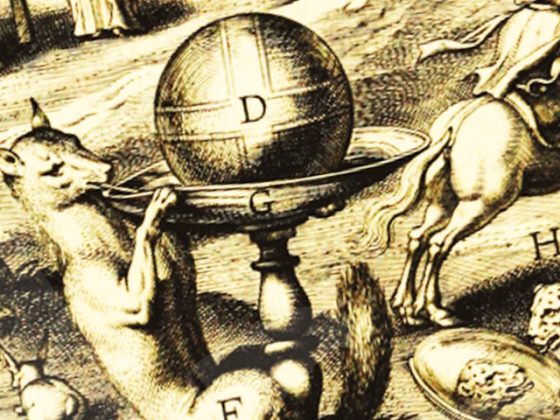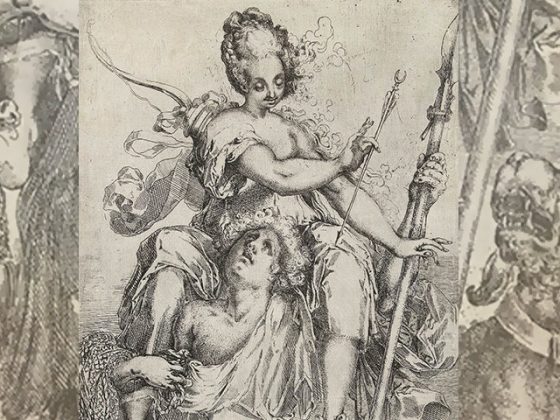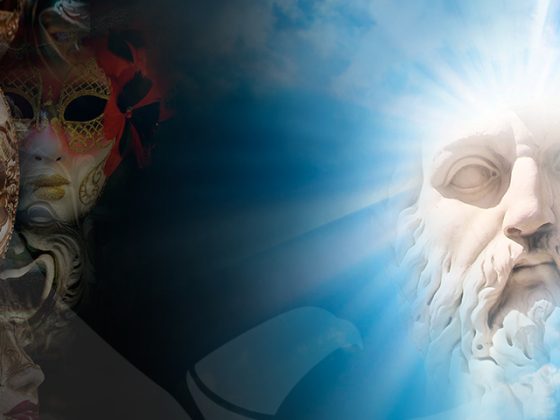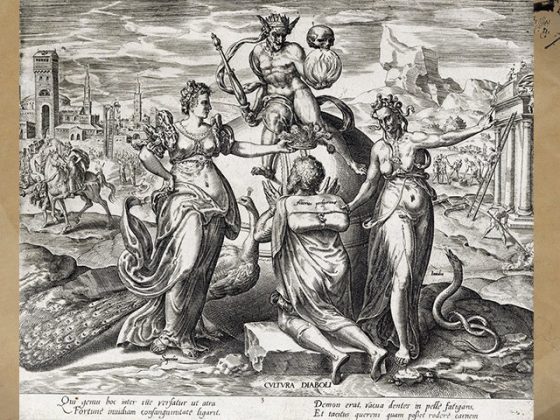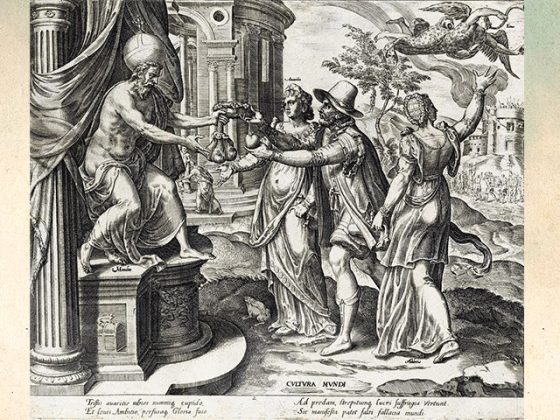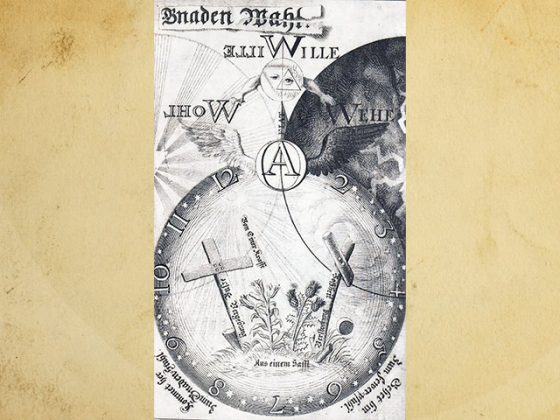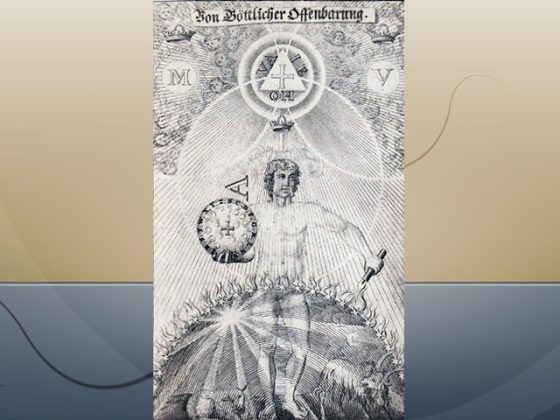Estos grabados pertenecen a una serie de 14 dibujos llamada La Escalera de Jacob o La alegoría del camino a la salvación eterna, impresos por Dirck Volckertszoon en 1550. Los grabados llevan la firma del pintor neerlandés Maarten Van Heemskerck como su creador.
“Laboratorium chymicorum vulgarium” (Laboratory of the common chemists)
This precious engraving, dear readers, is a call that this Slovenian Adept has made to all seekers who continue to pretend that the Golden Fleece is a material object, forgetting that it refers to that most sacred part that we call in Gnosis the intimate Christ.
“Specvlvm pvrgativm” (Mirror of Purification)
Dear readers, this engraving leads us to question our degrees of purity or purification during our journey through the three-dimensional world:
“Specvlvm pvrgativm”, Mirror of Purification
“Specvlvm fallax” (The mirror that deceives)
I take the pen to send you some comments related to the profound importance of approaching the TECHNIQUE OF TRUE self-observation and our longings to live within reality and not within fantasies.
Allegory of the hunt
Dear readers, regardless of whether you want to see the goddess Diana associated in this engraving in the company of another deity, what does interest us in Gnosis is the relationship of the chaste Diana with our Divine Mother and the enormous work of hunting down our innumerable psychological aggregates that we carry in our psychic entrails.
The Chimera of Arezzo
This sculpture, of Etruscan origin, is made of bronze and is estimated to have been made around 400 BC near the city of Arezzo ─Italy─, where it was found in 1553. It measures 129 cm in length and is 78 cm high. It is currently in the National Archaeological Museum of Florence.
Cultura diaboli
To begin our description, we will say that, if we look at the center of this artistic engraving, we will immediately see the figure of Satan seated on the sphere that represents our world, and this is to show us that, indeed, it is he who, unfortunately, governs the destinies of this human anthill.
I now send you the second engraving of the sequence of four in total made by the Flemish artist Gérard Van Groeningen in 1573. This is the series of engravings encompassed under the title The Four Ways of Living on Earth.
On the choice of grace
But what do we refer to when we speak of the STATE OF GRACE? Without a doubt, we are referring to the search for the salvation of our soul or the values that pertain to it, that is to be in a state of GRACE.
Contemplation of divine revelation
First of all, we must know that this illustration was the work of the great German mystic named Jacob Böhme. This engraving is the title page of a work by the aforementioned author and the publishers asked Jacob Böhme 177 theosophical questions, of which the author answered 15.


